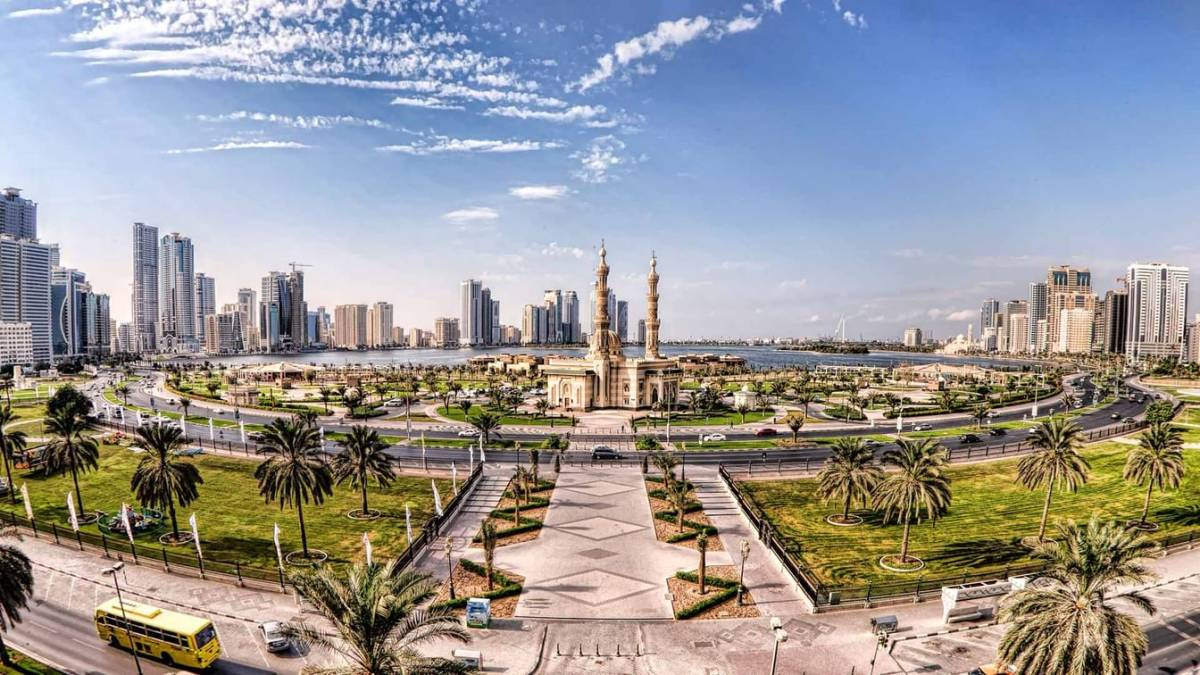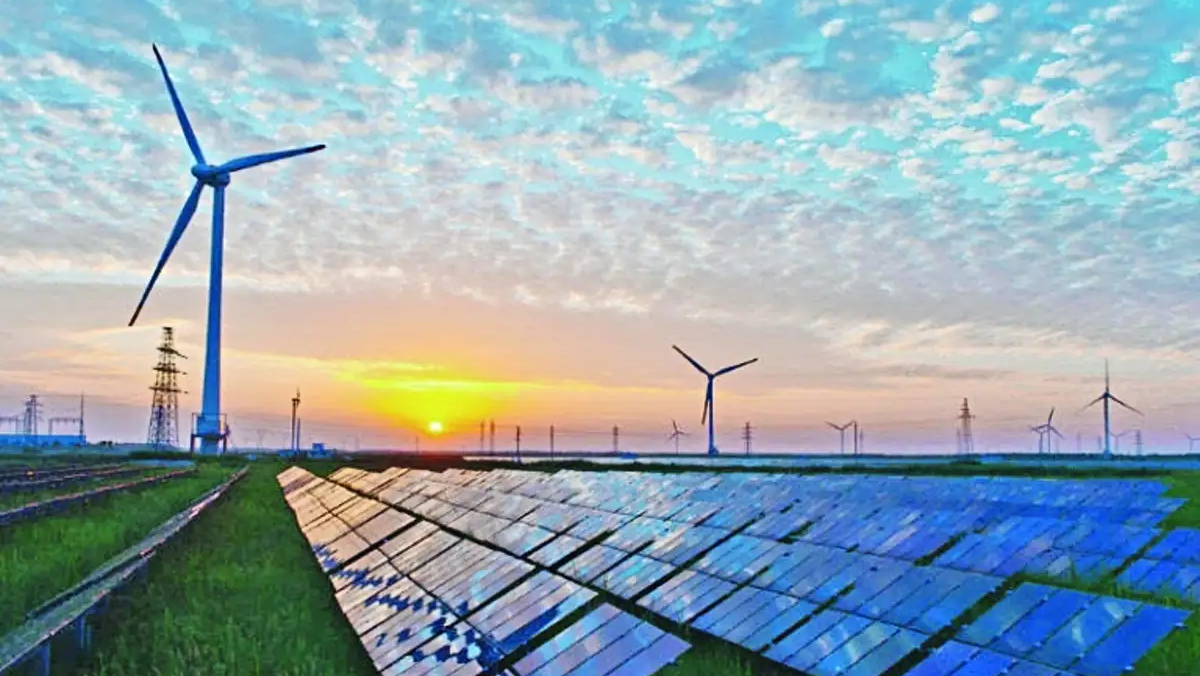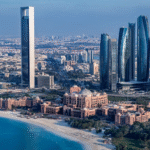Now Reading: UAE Economy to Grow Faster Than Global Average 2025
-
01
UAE Economy to Grow Faster Than Global Average 2025
UAE Economy to Grow Faster Than Global Average 2025
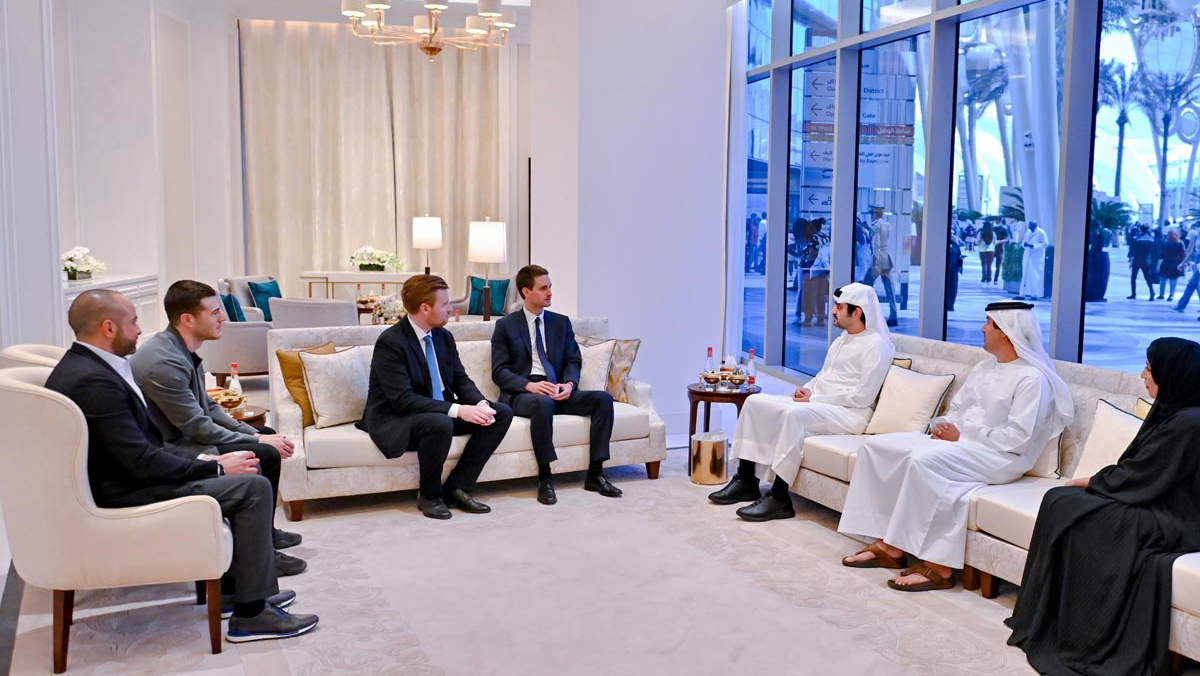
Table of Contents
The United Arab Emirates (UAE) is once again making headlines with its strong economic performance. According to recent forecasts by global financial experts, the UAE economy is expected to grow faster than the global average in 2025. This outlook reflects the country’s strategic reforms, robust oil and non-oil sectors, and increased investor confidence.
The International Monetary Fund (IMF) and World Bank have both upgraded the UAE’s growth projections, citing strong economic fundamentals, diversification plans, and an investor-friendly environment. While global economic growth is forecasted to hover around 2.9% in 2025, the UAE is projected to grow between 4.0% and 4.5%.
This positive trajectory sets the UAE apart as a regional leader and a growing global economic hub.
Diversified Economy Driving Growth
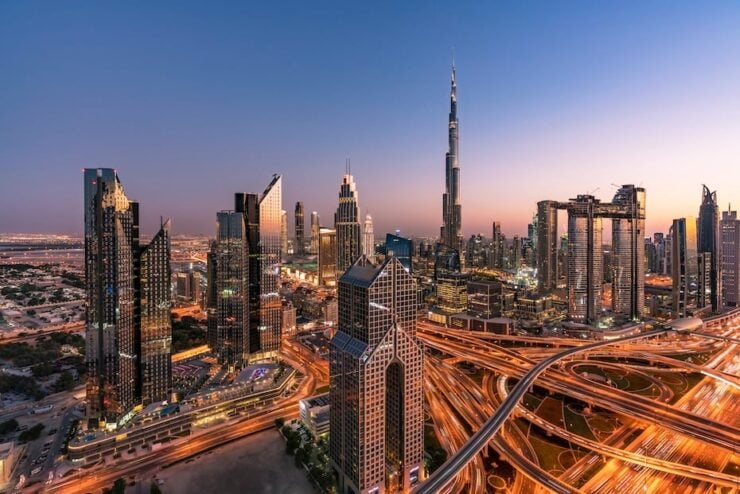
One of the biggest strengths behind the UAE’s economic performance is its success in diversification. While oil revenues continue to support the economy, non-oil sectors such as tourism, real estate, manufacturing, logistics, and finance are playing an increasingly important role.
In 2024, the UAE’s non-oil GDP accounted for nearly 73% of the total economic output — a major achievement considering the country’s earlier dependence on oil exports. Initiatives like “Operation 300bn,” the National Industrial Strategy, and the “Make it in the Emirates” campaign are accelerating local manufacturing and industrial development.
Tourism, in particular, continues to be a bright spot. With Dubai and Abu Dhabi attracting millions of visitors every year, the UAE’s hospitality and travel sectors are booming. Events like COP28, Expo 2020, and global summits have only increased global interest in the region.
Strong Oil Sector Performance
While diversification is key, oil still plays a vital role in the UAE’s economy. The country is a major member of OPEC and has benefited from stable oil prices and increased demand. The UAE has ramped up production capacity and continues to invest in sustainable oil technologies and infrastructure upgrades.
Abu Dhabi National Oil Company (ADNOC) is leading efforts in innovation within the energy sector, supporting both economic growth and the UAE’s long-term energy goals.
Stable oil revenues give the government the financial flexibility to invest in long-term projects, public infrastructure, and technology, which in turn support non-oil sectors and attract foreign investors.
Business-Friendly Environment Attracts Investment
The UAE has become one of the most attractive destinations for foreign direct investment (FDI) in the Middle East. The government’s commitment to reforms, tax-friendly policies, and flexible visa programs are encouraging global companies and entrepreneurs to set up operations in the country.
In 2023 alone, the UAE attracted more than $23 billion in FDI — a sharp increase from previous years. Free zones, simplified business licensing processes, and strong intellectual property protections are further helping the country attract global talent and capital.
The introduction of long-term visas, golden visas for investors and professionals, and remote work permits has also enhanced the country’s appeal.
Banking and Financial Services Growing Rapidly
The UAE’s banking and finance sector has remained strong and continues to grow. Dubai International Financial Centre (DIFC) and Abu Dhabi Global Market (ADGM) are now globally recognized financial hubs.
Fintech, digital banking, and blockchain-based services are rising trends in the UAE’s finance sector. These innovations are not only modernizing the local economy but are also positioning the UAE as a leading digital economy.
The Central Bank of the UAE has introduced several digital transformation initiatives and launched instant payment platforms to encourage cashless transactions and better financial inclusion.
Infrastructure and Technology Development Boosting Productivity
Large-scale investments in infrastructure, technology, and smart cities are also helping to fuel the UAE’s economic momentum. Cities like Dubai and Abu Dhabi are becoming more connected and technologically advanced with smart traffic systems, AI-based solutions, and 5G rollout.
The UAE’s digital economy is expected to contribute more than 20% to GDP by 2031. Investments in renewable energy, AI, cloud computing, and space technologies are laying the foundation for long-term, sustainable growth.
Projects like Masdar City (a green tech hub) and the UAE Space Agency’s Mars Mission reflect the country’s vision of becoming a leader in future-forward industries.
Regional Stability and Global Trade Links
The UAE’s strategic location between Europe, Asia, and Africa makes it a natural logistics and trade hub. Ports like Jebel Ali and Khalifa Port are among the busiest in the world and offer direct access to major global markets.
Moreover, the UAE’s diplomatic and political stability, along with strong international ties, makes it a safe and attractive destination for businesses and investors during times of global uncertainty.
With over 40 trade agreements and growing participation in international trade alliances, the UAE is expanding its reach and influence on the global economic stage.
Positive Outlook for 2025 and Beyond

Looking ahead, economists remain optimistic about the UAE’s continued growth. Government-backed initiatives such as Vision 2031, the UAE Centennial Plan 2071, and various emirate-level development plans all aim to maintain a strong, diversified economy.
These initiatives are not just focused on economic growth, but also sustainability, innovation, and improving quality of life for residents and citizens alike.
According to economic analysts, the UAE’s growth trajectory will continue outperforming the global average if current momentum is maintained. This means more jobs, better infrastructure, and greater prosperity for people living and working in the country.
Final Thoughts
The UAE’s ability to blend traditional strengths like oil with a forward-looking, diversified, and innovation-driven strategy has made it a standout performer in the global economy. With solid planning, bold reforms, and consistent investment in the future, the country is well-positioned to achieve faster and more sustainable growth than much of the world in the years to come.
For investors, entrepreneurs, and professionals, the message is clear — the UAE is a place where the future is being built today.
Read More:- Why Smaller Lawns Are Smarter: Save Water and Money Fast 2025



